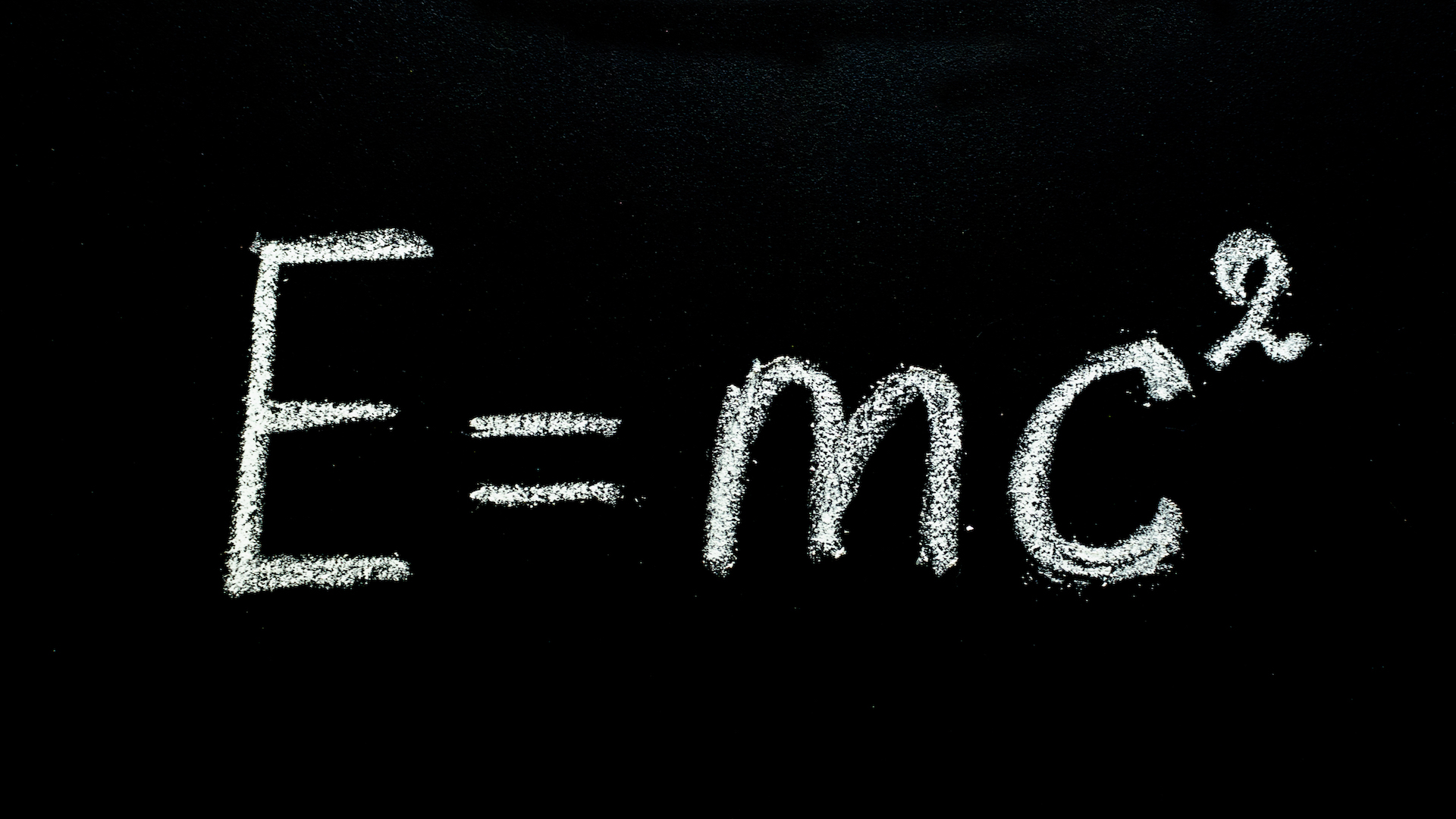In the early 20th century, a young patent clerk named Albert Einstein revolutionized our understanding of the universe with his Special Theory of Relativity. Presented in 1905, this groundbreaking theory dismantled the classical notions of absolute time and space, replacing them with a new, more nuanced understanding of reality. While it may seem daunting at first, Special Relativity is a beautiful framework that reveals the surprising and interconnected nature of the universe.
Before Einstein, the physical world was largely understood through the lens of Newtonian mechanics, a set of principles developed by Isaac Newton in the late 17th century. Newton described the motion of objects using simple, intuitive laws that worked extraordinarily well for everyday phenomena. His concepts of absolute time and space—that time flows uniformly and space exists as a fixed stage—were treated as universal truths for over 200 years.Einstein’s insight was deceptively simple but profoundly transformative: the speed of light is constant in all inertial frames of reference. Regardless of how fast an observer is moving, light always travels at approximately 300,000 kilometers per second (186,000 miles per second). This single postulate, combined with the principle that the laws of physics are the same in all inertial reference frames, formed the foundation of the Special Theory of Relativity.One of the most startling implications of Special Relativity is time dilation—the idea that time does not flow uniformly for everyone. Imagine two observers: one stationary and the other traveling at a significant fraction of the speed of light. According to Special Relativity, time moves more slowly for the moving observer relative to the stationary one.Closely related to time dilation is length contraction, which states that objects appear shorter in the direction of motion when traveling at relativistic speeds. To a stationary observer, a moving spaceship would seem compressed along its length. This effect, like time dilation, becomes significant only at speeds approaching that of light.Another surprising consequence of Special Relativity is the relativity of simultaneity. In Newtonian mechanics, two events occurring at the same time in different locations would be perceived as simultaneous by all observers. Einstein showed that simultaneity is relative; two observers in motion relative to each other may disagree about whether two events occurred at the same time.
However, cracks in this framework began to emerge in the 19th century. Experiments, such as the famous Michelson-Morley experiment, failed to detect the "ether," a supposed medium through which light waves were thought to propagate. This baffled physicists and set the stage for a radical rethinking of the nature of light, space, and time.
From these principles, Einstein derived several counterintuitive but experimentally validated conclusions. These conclusions have since reshaped not only physics but also our philosophical understanding of reality.
This effect, though negligible at everyday speeds, becomes profound at velocities close to the speed of light. For instance, astronauts traveling in a high-speed spacecraft would age more slowly than people on Earth—a phenomenon known as the Twin Paradox. While it may sound like science fiction, time dilation has been confirmed experimentally using atomic clocks on fast-moving jets and satellites.
Length contraction is not merely an optical illusion—it is a real, measurable phenomenon. It reflects the underlying truth that space and time are not separate entities but are intertwined in a four-dimensional fabric called space-time.
This idea challenges our intuitive understanding of time as a universal backdrop. Instead, it suggests that time is deeply personal, dependent on the observer’s frame of reference.
E=mc²: The Most Famous Equation
Einstein’s most iconic contribution to science, E=mc², emerges naturally from Special Relativity. This equation reveals that energy (E) and mass (m) are interchangeable, connected by the speed of light squared (c²). In essence, mass is simply a concentrated form of energy.
This insight has far-reaching implications. It explains why nuclear reactions release vast amounts of energy, as a small amount of mass is converted into energy. It also underpins modern technologies like nuclear power and medical imaging techniques such as PET scans.
For a theory as radical as Special Relativity, experimental validation is essential. Over the past century, countless experiments have confirmed Einstein’s predictions. Some key examples include:
Muons in Cosmic Rays: High-speed particles called muons, created in the upper atmosphere, survive much longer than they would at rest due to time dilation. This allows them to reach Earth’s surface despite their short lifetimes.
GPS Satellites: Global Positioning System (GPS) technology must account for both time dilation due to the satellites' high speeds (Special Relativity) and the effects of Earth's gravity (General Relativity). Without these corrections, GPS systems would quickly become inaccurate.
Particle Accelerators: At facilities like CERN, particles are accelerated to near-light speeds. Their behavior aligns precisely with predictions from Special Relativity.
Everyday Applications of Special Relativity
Although Special Relativity often feels like an abstract concept, it plays a critical role in modern life. The constant speed of light underpins technologies like fiber-optic communication and lasers. Meanwhile, the mass-energy equivalence principle is fundamental to the operation of nuclear reactors and the sun's ability to sustain life through nuclear fusion.
Relativity also influences our understanding of the universe. It provides a framework for studying cosmic phenomena such as black holes, neutron stars, and the expansion of the universe.
Beyond its scientific significance, Special Relativity has profound philosophical implications. It challenges the notion of an objective "now," suggesting that the passage of time is subjective and depends on the observer’s frame of reference. This idea forces us to reconsider the nature of reality itself.
Einstein’s work also highlights the power of human imagination. His thought experiments, such as imagining riding alongside a beam of light, demonstrate how creative thinking can lead to profound scientific breakthroughs.
Common Misconceptions
Despite its elegance, Special Relativity is often misunderstood. Some common misconceptions include:
- Relativity means "everything is relative": While the theory shows that measurements of time and space depend on the observer, the laws of physics remain universal and absolute.
- It only applies at high speeds: While relativistic effects are most noticeable at near-light speeds, they exist at all speeds. They are simply too small to matter in everyday life.
- Einstein "proved" Newton wrong: Einstein’s work doesn’t invalidate Newtonian mechanics but extends it. Newton’s laws remain an excellent approximation for objects moving at low speeds and weak gravitational fields.
The Legacy of Special Relativity
Einstein’s Special Theory of Relativity marked the beginning of a new era in physics. It paved the way for his General Theory of Relativity, which describes gravity as the curvature of space-time, and laid the groundwork for quantum mechanics and modern cosmology.
Relativity has inspired generations of scientists, engineers, and thinkers. Its impact extends beyond science, influencing art, literature, and philosophy. Einstein’s work serves as a testament to the power of curiosity and the human drive to understand the universe.
While Special Relativity has stood the test of time, it is not the final word on the nature of reality. Physicists are still grappling with how to reconcile relativity with quantum mechanics, the theory governing the subatomic world. This quest, known as the search for a theory of quantum gravity, remains one of the most exciting frontiers in science.Einstein’s Special Theory of Relativity is a triumph of human thought, demonstrating that the universe is far stranger and more beautiful than we ever imagined. By challenging our preconceptions about time, space, and reality, it has opened our eyes to the true nature of the cosmos.
Moreover, as we explore the universe, relativistic effects will become increasingly important. Space travel at relativistic speeds, once the domain of science fiction, may one day become a reality, allowing humanity to reach distant stars.
More than a century after its publication, Special Relativity continues to inspire awe and curiosity. It reminds us that the universe is not static but dynamic, a place where time stretches, distances shrink, and energy and mass are two sides of the same coin. Einstein’s genius lies not only in uncovering these truths but also in showing us that the pursuit of knowledge is itself a journey worth undertaking.
Let us celebrate this remarkable theory and the boundless creativity of the human mind that brought it to life.
























0 Comments